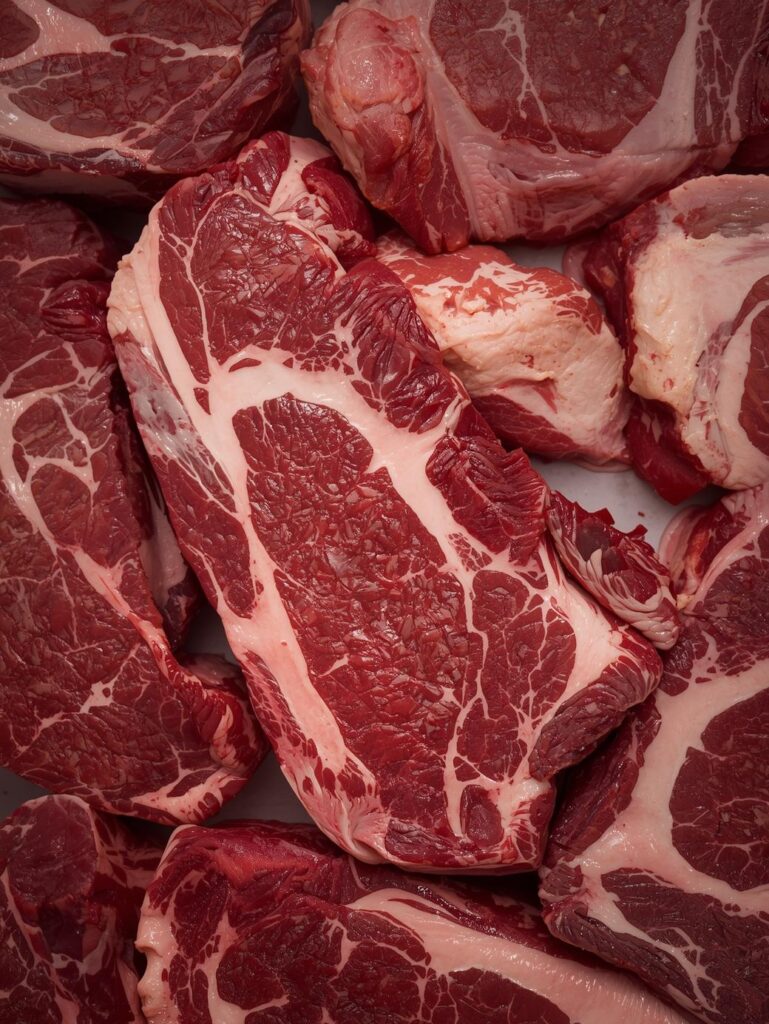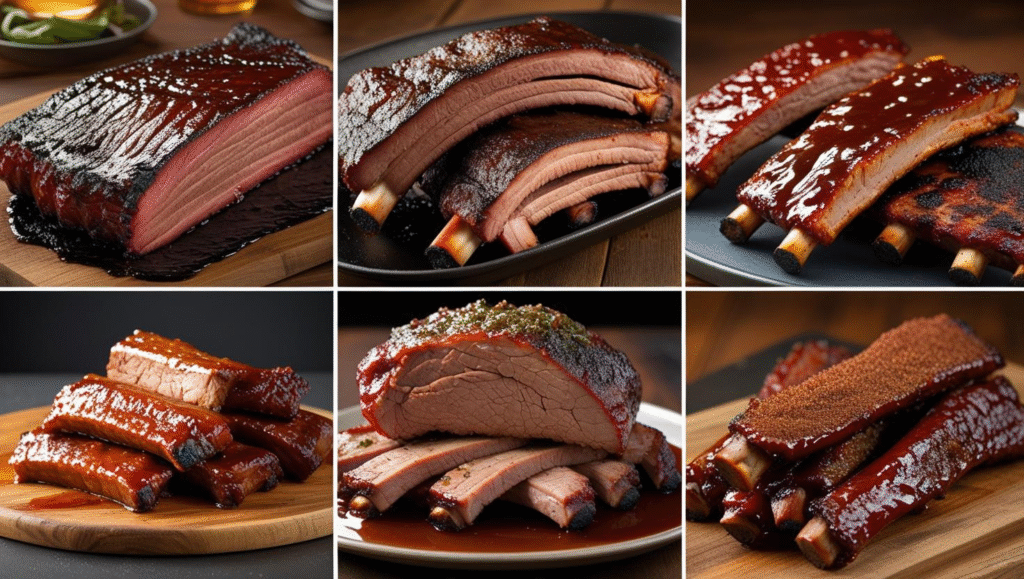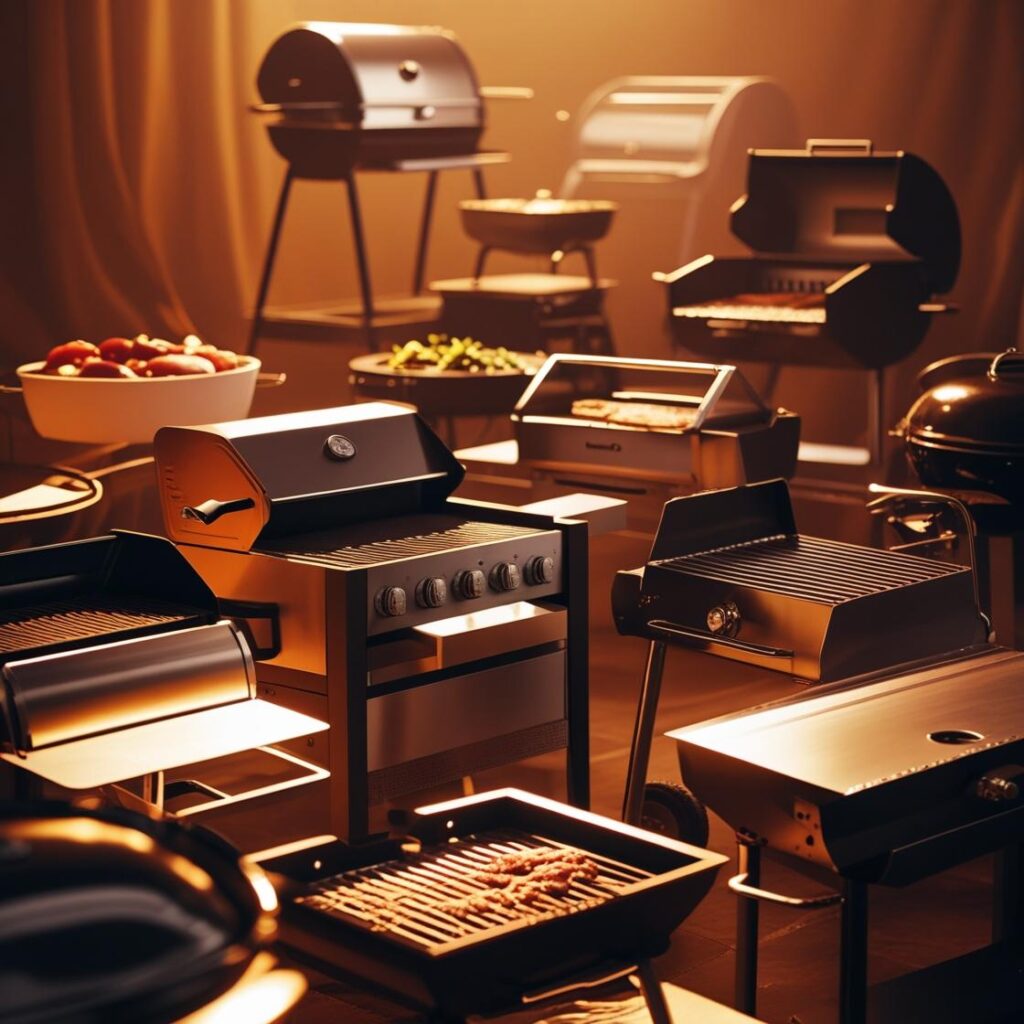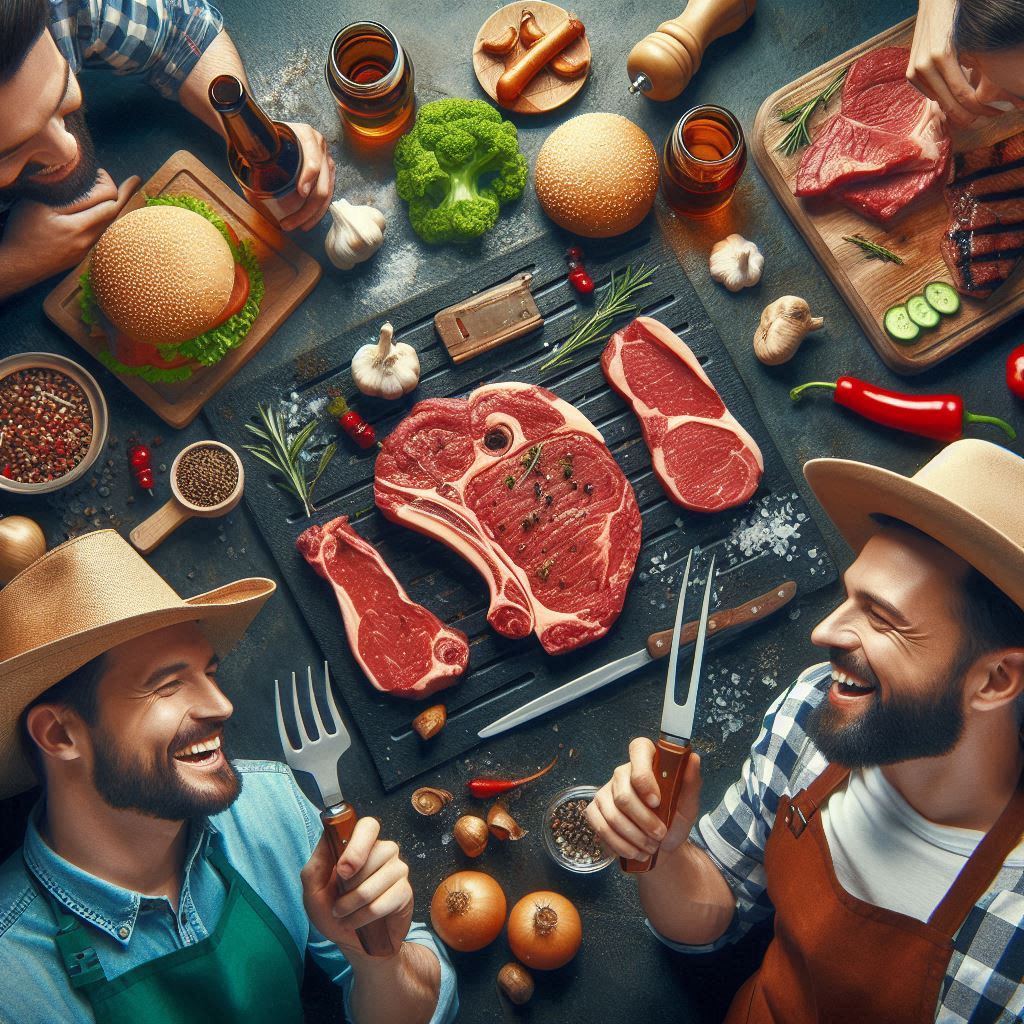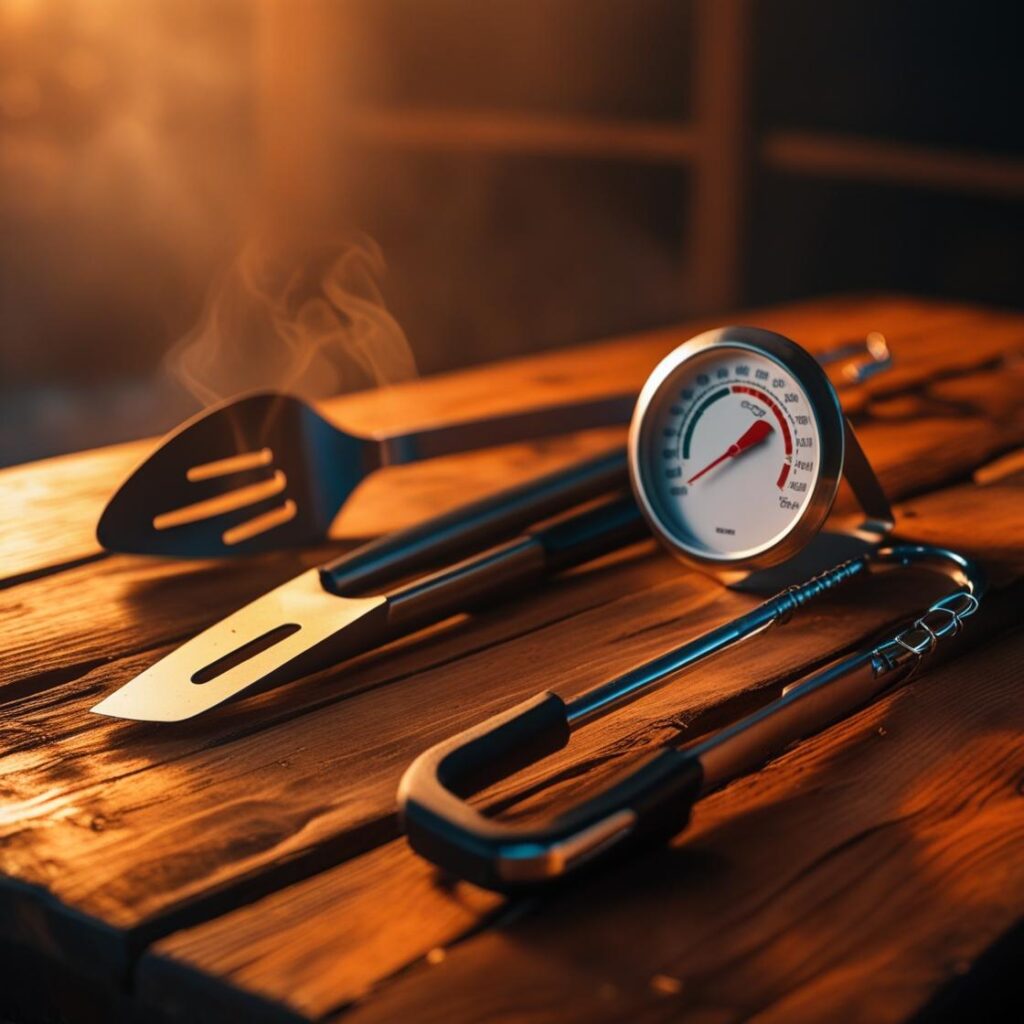5 Buying Mistakes – How to Choose the Best Meat Cuts
A perfect meal doesn’t start on the grill; it starts at the butcher shop. You can be a world-class chef with the best equipment, but if you start with a tough, flavorless piece of meat, your final dish will be a disappointment. The first and most critical step to a truly great meal is knowing how to choose meat. Unfortunately, many people make a few simple buying mistakes that set them up for failure before they even turn on the heat.
This guide will empower you to walk into any grocery store or butcher shop with confidence. We’ll reveal the 5 buying mistakes that ruin your meal and show you how to select the best meat cuts every single time. By understanding these simple principles, you will gain a major advantage in the kitchen and on the grill.
The Core Principle: A Great Meal Starts with a Great Cut
Think of the quality of your meat as the foundation of a house. You can build a beautiful, intricate house, but if the foundation is weak, the entire structure will fail. Similarly, no amount of perfect seasoning, expert grilling, or masterful carving can save a tough, un-marbled, or poorly chosen piece of meat. Avoiding common buying mistakes is the first step to unlocking true culinary success.
5 Buying Mistakes That Ruin Your Meal (and How to Fix Them)
1. Choosing the Wrong Cut for the Cooking Method
This is the most fundamental of all buying mistakes. You can’t just buy any cut of meat and expect it to work for any recipe.
- Why it happens: Different cuts of meat come from different parts of the animal and have varying levels of connective tissue and fat. A tough cut like brisket is loaded with collagen, which needs a low-and-slow cooking method to break down into tender, juicy gelatin. If you try to grill a brisket over high heat, it will become impossibly tough and chewy. Conversely, a tender cut like a filet mignon will dry out if cooked low and slow for a long time.
- Professional Fix: Match the cut to the cooking method.
- High-Heat Cooking (Grilling, Pan-Searing): Use tender cuts like ribeye, New York strip, filet mignon, or sirloin.
- Low-and-Slow Cooking (Smoking, Braising): Use tough, well-marbled cuts like brisket, pork shoulder, chuck roast, or short ribs.
- This is a crucial concept we cover in our guide on 10 grilling errors that ruin perfect steak.
2. Ignoring the Grade of the Meat
Most meat is graded by the USDA, and this grade is a clear indicator of its quality. Ignoring it is one of the most common buying mistakes.
- Why it happens: The USDA grading system is based on two key factors: marbling and the maturity of the animal. Marbling is the specks of fat within the muscle, and it’s what gives meat its flavor and juiciness. A lower grade means less marbling, and less marbling means a tougher, less flavorful result.
- Professional Fix: Understand the difference between the most common grades:
- USDA Prime: The highest grade, with the most marbling. It’s the most tender, flavorful, and juicy. It’s often found in high-end restaurants.
- USDA Choice: A high-quality grade that is widely available. It has less marbling than Prime but is still tender and flavorful. This is an excellent choice for most cooking methods.
- USDA Select: The lowest of the three, with very little marbling. It is often leaner and less juicy. It can be a good choice for braising or stewing but is not ideal for grilling.
3. Not Looking at the Marbling
Even within a specific grade, the amount of marbling can vary. Ignoring this is a critical one of the buying mistakes you can make.
- Why it happens: Marbling is the single biggest contributor to a steak’s flavor and tenderness. When cooked, the fat melts, basting the meat from the inside out and creating a juicy, delicious result. A piece of meat with no visible marbling will be dry and tough, no matter how perfectly you cook it.
- Professional Fix: Look for meat that has tiny white specks of fat distributed throughout the muscle. For high-heat cuts like a ribeye, you want to see a generous amount of this marbling. For a lean cut like a filet, you won’t see as much, but you still want some visible fat. This is a crucial concept we also touch upon in our guide on 9 seasoning blunders that overpower natural meat taste.
4. Buying Pre-Packaged Meat
While convenient, buying pre-packaged, pre-cut meat from the grocery store is a mistake that can lead to a less-than-ideal result.
- Why it happens: Pre-packaged meat has often been sitting for a while, and its age can affect the flavor and tenderness. You also can’t inspect the cut as closely. You don’t know when it was cut, how it was handled, or if it was frozen and thawed.
- Professional Fix: Go to a reputable butcher and ask them to cut a piece of meat for you. A good butcher can help you choose the right cut for your recipe, cut it to your desired thickness, and answer any questions you have. This is a pro-level butchering tip that will make a huge difference in your cooking.
5. Not Considering the Thickness
The thickness of a cut of meat is a critical factor that many people overlook when buying.
- Why it happens: A very thin steak will cook through to well-done in a matter of minutes, making it difficult to get a good sear without overcooking it. A very thick steak will take a long time to cook and is more difficult to get a perfect doneness on.
- Professional Fix: For most home cooks, a one-inch to 1.5-inch thick steak is ideal. It’s thick enough to get a great sear on the outside while still allowing you to control the internal doneness. This is a crucial concept we cover in our guide on 7 temperature mistakes for BBQ that destroy juiciness.
Conclusion
A great meal starts long before you fire up the grill. It starts at the butcher shop. By avoiding these 5 buying mistakes, you can transform your cooking from a hit-or-miss experience into a consistent success. Understanding how to choose meat is the single most important skill you can have. So, the next time you go grocery shopping, take a moment to inspect your meat. Your future self (and your dinner guests) will thank you for it.
FAQ: 5 Buying Mistakes – How to Choose the Best Meat Cuts
1. What’s the best cut of meat for grilling?
For grilling, a ribeye is an excellent choice. It has a high level of marbling, which makes it incredibly flavorful and juicy. A New York strip or a sirloin are also great options.
2. What is dry aging?
Dry aging is a process where a cut of meat is hung in a controlled environment for several weeks. This process tenderizes the meat and concentrates its flavor, creating a rich, nutty taste.
3. Is grass-fed beef better than grain-fed?
Grass-fed beef is leaner and has a different flavor profile than grain-fed beef. It is a matter of personal preference. Grass-fed beef is often more expensive.
4. What is the difference between a steak and a roast?
A steak is a single-serving cut that is cooked quickly, while a roast is a larger cut that is cooked low and slow for a long period of time.
5. What’s the biggest takeaway from this guide?
The biggest takeaway is that marbling is key. Look for those white specks of fat throughout the meat. It’s the best indicator of a flavorful and juicy cut.
6. Can I ask the butcher to cut a specific thickness?
Yes! That’s the biggest benefit of buying from a butcher. They can cut the meat to your exact specifications.
7. How do I know if the meat is fresh?
Fresh meat should have a bright red color. It should not have any gray or brown spots. It should also have a firm texture and a fresh, clean smell.

